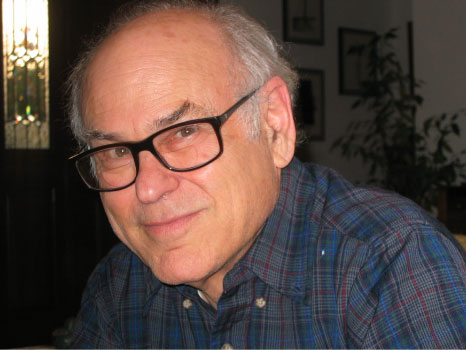2.3 Homogeneous immunoassays
Conventional immunoassays are heterogeneous, relying on separation of material bound to antibody from the unbound material, so that only the bound fraction results in a measurable signal from the label. But homogeneous immunoassays manage to discriminate bound from unbound label without a separation, by a range of ingenious approaches. This simplifies the automation of the assay. They can be competitive or immunometric.
Abstract
Homogeneous immunoassays require only mixing of a sample and immunochemical reagent followed by detection. Immunochemical binding produces a physically detectable signal that obviates the need to separate bound from free label. The chapter explains the potential advantages and disadvantages of homogeneous immunoassays. Many possible approaches to achieving homogeneous format immunoassays are described in the chapter including particle agglutination, lysis, spin, fluorescence polarization, chemiluminescence, surface-enhanced Raman scattering, electroactive labels, oxygen-channeling and a range of enzyme-based methods.
Contributor

Edwin Ullman received his doctorate from Harvard in synthetic organic chemistry in 1955 and subsequently joined American Cyanamid where he carried out fundamental studies in organic photochemistry. In 1966 he headed up Synvar Research Institute where he continued his studies in organic photochemistry along with research on stable radical chemistry and high temperature superconductors. His realization that elements of these fields could be used to develop clinical diagnostic methods led to the first commercial homogeneous immunoassay, FRAT, which was used to screen troops in Viet Nam for drug abuse. Subsequently, Dr. Ullman, then vice president and director of research of Syva Company, led the discovery of numerous other homogeneous immunoassay methods including EMIT, FRET, and LOCI which are all still used in clinical diagnostics and/or drug discovery. Now retired, he is the recipient of numerous awards, and the American Association of Clinical Chemists offers a semiannual award in his name.
Keywords
Homogeneous immunoassay, reaction rate, separation, washing, competitive, immunometric, erythrocytes, latex particles, agglutination, hemagglutination, turbidimetry, nephelometry, laser nephelometry, sandwich assay, particle counting immunoassay, reagent-excess, gold nanoparticles, sol particle immunoassay, dynamic light scattering, photothermal beam deflection, magnetic nanoparticles, lysis, hemolysis, liposomes, spin immunoassay, fluorescence spectroscopy, fluorescence polarization, fluorescence resonance energy transfer, Förster resonance energy transfer, time-resolved fluorescence, quantum dots, time-resolved amplified cryptate emission, up-converting phosphors, fluorescence protection, fluorescence fluctuation analysis, fluorescence correlation spectroscopy, fluorescence cross-correlation spectroscopy, chemiluminescence resonance energy transfer, bioluminescence resonance energy transfer, surface-enhanced Raman scattering, enzyme-multiplied immunoassay technique, charge-induced enzyme activation, enzyme channeling, enzyme effector immunoassay, substrate-linked fluorescence immunoassay, enzyme cofactor immunoassay, apoenzyme reactivation immunoassay system, enzyme inhibitor immunoassay, enzyme complementation immunoassay, cloned enzyme donor immunoassay, proximity-induced hybridization, proximity ligation immunoassay, proximity hybridization immunoassay, scintillation proximity assay, electroactive labels, amperometric detection, electrochemiluminescence, oxygen-channeling immunoassay, luminescent oxygen-channeling immunoassay.

